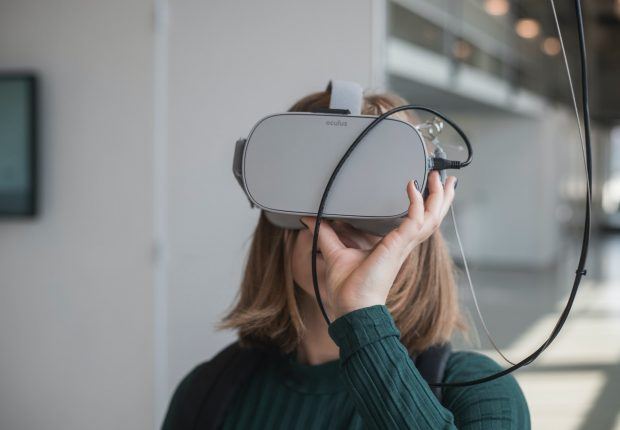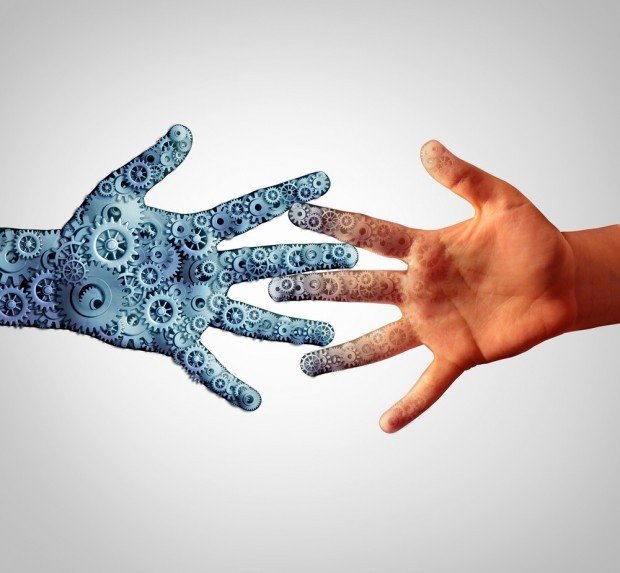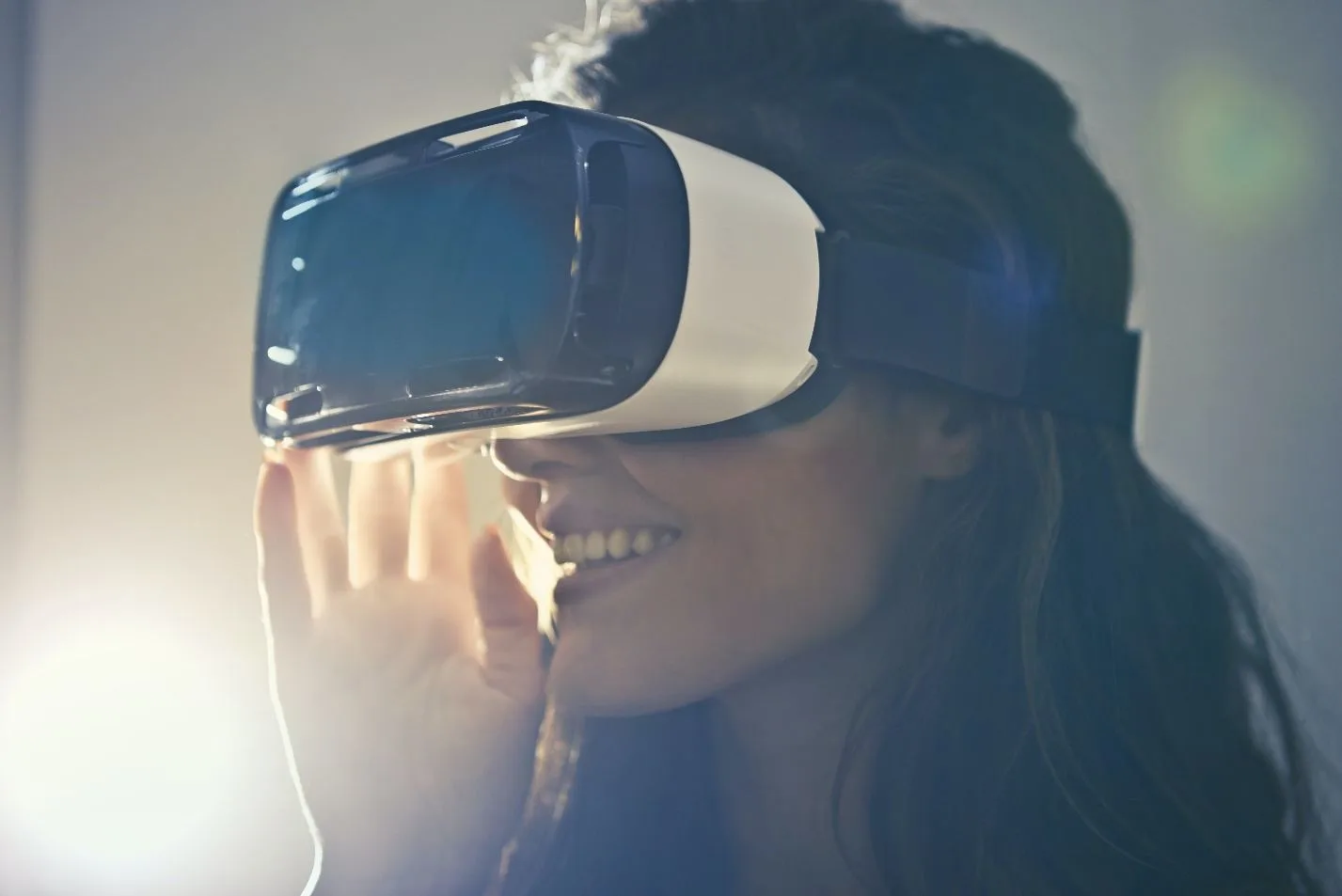In recent years, virtual reality, or VR, as it is commonly known, has become a booming industry with immense potential. While the first headsets were made in the late 1990s, they have since been enhanced and almost perfected. This allows us to apply them to things far beyond their initial goal of providing entertainment to consumers through video games.
Where they have begun to gain traction, the most is perhaps the field of medicine. There are so many ways this technology can be applied to this field. From patient care to teaching future doctors and surgeons – the potential is nigh limitless.
If this is your first time hearing about this, that’s okay. It might not be something we think about often, but it is worth educating ourselves on. VR is fascinating.
What is VR?
Now, before I go into this further, let’s go over the basics. Virtual reality is meant to trick our brains into thinking that something is real, even when it isn’t. While there are a lot of definitions out there, we will stick with how it is applied to a headset – it’s the art of creating a digital space, often interactive, that is immersive with sounds and sights.
If you’re unfamiliar with this, you can read further on the concept here: https://www.vrs.org.uk/virtual-reality/history.html.
Unsurprisingly, it has a rich history, but that is not entirely relevant today. What I will mention is that in 2010, we saw a real explosion of this technology. This opened the doors for all the different uses we see today!
Uses of VR
The first that comes to mind is VR for video games and other digital entertainment. It can enhance the gaming experience by giving users a truly immersive world. After all, we are totally surrounded by the created space! However, that isn’t what I will focus on today.
 Education
Education
This is one area where this technology shows a lot of promise. While some schools may be slow and somewhat reluctant to introduce new things into their curriculums, it’s gathering steam. Perhaps the most relevant application is in higher education.
While this somewhat overlaps with a topic I will discuss next, there are now virtual reality headsets that allow the wearer to watch a surgeon perform a surgery in a first-person perspective – so, essentially, as if they are the one with the scalpel!
This is obviously an excellent learning experience, but it can be applied in other educational ways as well.
Medicine and Healthcare
This is where things start to get interesting. You can create a virtual visual field for optometry tests now, for one thing. These tests are meant to get a gauge for your peripheral vision, so having a large digital space where it can be tested – talk about cool. It’s also comfortable for patients who do not enjoy the traditional Humphrey visual field analyzer.
Probably the biggest way it is used is in medical training, though, as I mentioned above. Seeing surgeries is not the only possibility, though.
Virtual versions of the inside of a human body prevent the need for using cadavers and can allow students to look at spaces that were not visible before.
Another way virtual reality is applied in medicine is in the mental health field. It can really help therapists and psychologists in alleviating symptoms of afflictions such as agoraphobia, which is a fear of the outside world. Just imagine how helpful being in a virtual space that looks like being outdoors can help acclimate those patients.
 It can also assist with post-traumatic stress disorder and acrophobia. The idea is to introduce a patient to what they are fearing or what they need help with via VR. This is a gradual process until they are able to work through it. While it may be slow, it’s definitely something admirable in the medical space.
It can also assist with post-traumatic stress disorder and acrophobia. The idea is to introduce a patient to what they are fearing or what they need help with via VR. This is a gradual process until they are able to work through it. While it may be slow, it’s definitely something admirable in the medical space.
Something else I had not really considered before is using virtual reality to assist with pain management for patients. This is especially true if they have large wounds or have needed something like a skin graft. VR spaces that are designed to engage the senses can help distract them from the pain!
Occupational Safety
The final use for VR that I will discuss today is in occupational safety. This is particularly true when learning OSHA guidelines. If you apply this technology to a workshop, it can keep employees much more engaged. Interactive three-dimensional presentations are a lot more dynamic and interesting than a simple PowerPoint slideshow, for example.
You can also demonstrate the dangers of certain events by creating a simulation. This gives the audience a more concrete view of what could happen if guidelines are not followed.
You can read more about this here: https://www.trio.dev/blog/virtual-reality-applications.
Conclusion? Virtual Reality Doesn’t Seem to be Going Anywhere!
As I have outlined, this is being used in a lot of different industries. While the medical field seems like the most promising to me, there is really no limit to how we can use it (besides our own imaginations). The most fascinating use is probably in optometry, at least in my opinion.
I really don’t like getting my vision tests. I think being able to use a headset would turn it into a much more enjoyable experience while still being medically relevant. Hopefully, that is a common trend in the field of medicine in the future!





![women [longevity live]](https://longevitylive.com/wp-content/uploads/2020/01/photo-of-women-walking-down-the-street-1116984-100x100.jpg)









